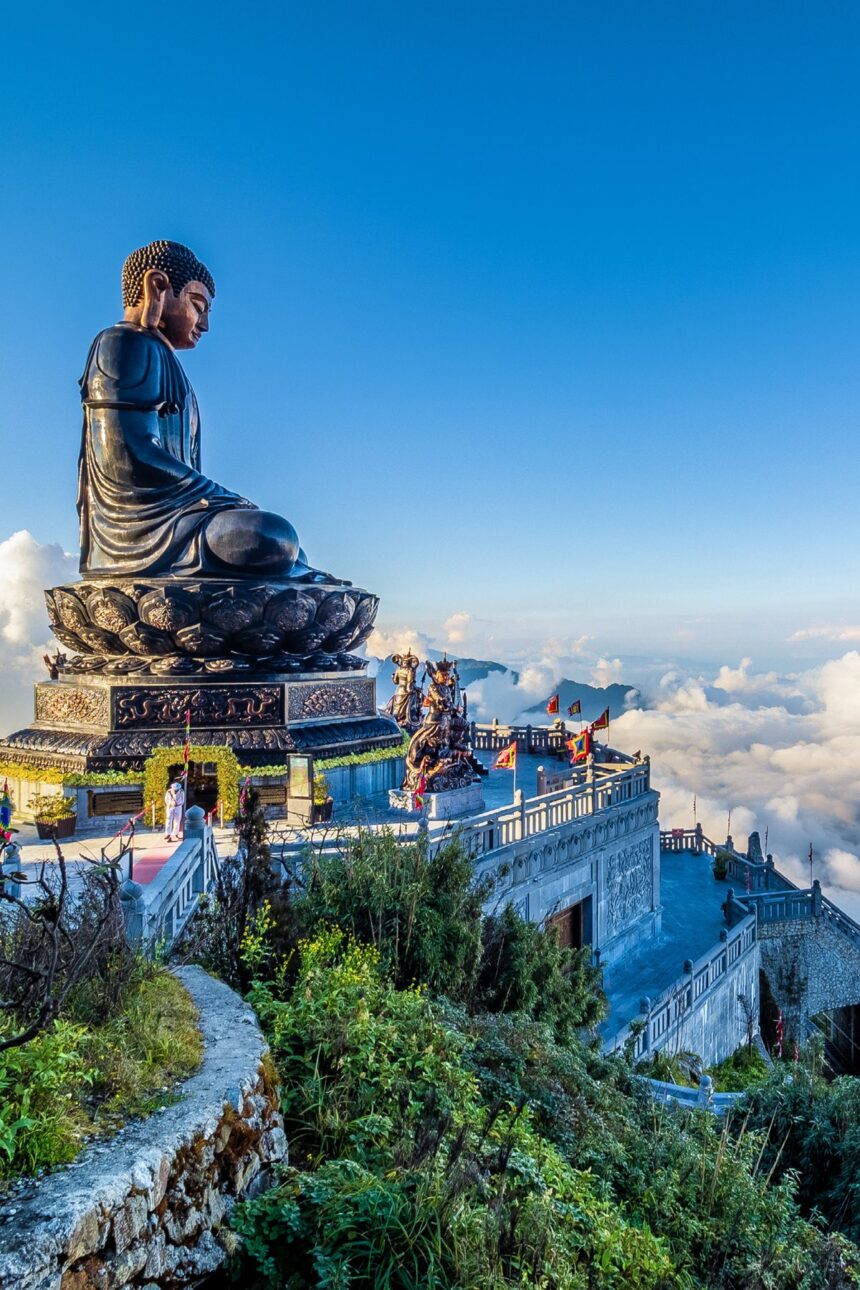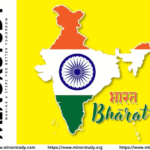Introduction
Sapa, nestled high in the northern mountains of Vietnam, is one of the most breathtaking yet budget-friendly travel destinations in Southeast Asia. With its cool climate, endless rice terraces, ethnic minority villages, and opportunities for adventurous treks, Sapa captures the hearts of travelers from all walks of life. Known as the “roof of Indochina,” this charming town offers not just natural beauty but also deep cultural connections and affordable vacation experiences.
For budget-conscious travelers, Sapa is a treasure chest waiting to be unlocked. From exploring hidden valleys to enjoying local markets, Sapa cheap vacation ideas are endless, making it a perfect getaway without breaking the bank.
In this guide, we’ll explore Sapa’s history, significance, timeline, facts, FAQs, daily life impacts, and societal importance—along with tips for making the most of your trip on a budget.
History of Sapa
Sapa’s history dates back hundreds of years, but its rise as a cultural and travel hub began during French colonial times.
Ancient Settlement: Sapa was originally home to ethnic minority groups such as the Hmong, Dao, Tay, and Giay. These communities have cultivated the terraced rice fields for centuries.
French Colonial Period (1891): The French discovered Sapa as a hill station due to its cool climate and scenic landscapes. By the early 1900s, villas and resorts were built, attracting colonists seeking refuge from the tropical heat.
Vietnam War Impact (1950s–1975): The wars disrupted tourism, and many colonial structures were destroyed.
Modern Tourism (1990s–Today): Since Vietnam opened up to tourism, Sapa has become a premier trekking and cultural tourism destination, blending tradition and modern adventure.
Fascinating Facts About Sapa
Fansipan Peak: Known as the “Roof of Indochina,” Fansipan Mountain (3,143 meters) is the highest peak in Vietnam, Laos, and Cambodia.
Cultural Diversity: Over 8 ethnic minority groups live in Sapa, each with unique traditions, clothing, and festivals.
Rice Terraces: The Muong Hoa Valley terraces are considered among the most beautiful in the world and a UNESCO candidate site.
Climate: Unlike tropical Vietnam, Sapa has a temperate climate with occasional snowfall in winter—something rare in Southeast Asia.
Markets: Traditional markets like Bac Ha Market showcase handmade textiles, silver jewelry, and cultural performances.
French Legacy: Many architectural remnants of French villas still dot the town.
Homestays: Sapa pioneered community-based tourism in Vietnam, offering authentic cultural homestays with local families.
Cable Car to Fansipan: Opened in 2016, it holds world records for length and elevation gain.
Affordable Trekking Paradise: Sapa is considered one of the cheapest international trekking destinations.
Healing Atmosphere: The fresh mountain air and peaceful surroundings make Sapa a perfect wellness retreat.
Cheap Vacation Ideas in Sapa
If you’re planning a budget-friendly trip, here are some top Sapa cheap vacation ideas:
Trekking Through Rice Terraces – Guided treks can be cheap if booked with locals, or you can go independently.
Homestays with Local Families – Experience culture firsthand at very affordable prices, including meals.
Visit Local Markets – Bac Ha Market and Sapa Market offer cultural immersion without heavy expenses.
Fansipan by Foot – Skip the cable car for a budget-friendly trek up Fansipan (best for adventurers).
Waterfalls Exploration – Silver Waterfall and Love Waterfall are inexpensive yet stunning natural sites.
DIY Village Tours – Explore Cat Cat Village, Ta Van Village, and Lao Chai Village on foot for minimal costs.
Street Food Delights – Try grilled skewers, bamboo sticky rice, and herbal hotpot at cheap local eateries.
Motorbike Rental – Rent a bike for $5–7 a day and explore offbeat areas like Heaven’s Gate and Tram Ton Pass.
Photography Walks – Capture sunrises and sunsets without spending a dime.
Free Cultural Festivals – Join ethnic minority festivals for authentic, budget-friendly experiences.
Timeline of Sapa
Ancient Times – Ethnic groups establish agricultural villages.
1891 – French build Sapa as a hill station.
1903–1945 – Flourishing colonial tourism.
1950–1975 – Wars disrupt the region.
1990s – Revival of Sapa tourism.
2016 – World-record Fansipan cable car opens.
2025 and beyond – Sustainable tourism and eco-friendly travel are priorities.
Significance of Sapa
Cultural Significance: Home to ethnic minorities preserving ancient traditions, crafts, and festivals.
Economic Significance: Tourism drives the economy, especially homestays, handicrafts, and trekking tours.
Environmental Significance: The rice terraces represent human-nature harmony and sustainable farming practices.
Spiritual Significance: Many travelers find Sapa a place of healing and inner peace due to its serene environment.
Wishing for Sapa
If you dream of traveling, here’s a heartfelt wish:
🌸 “May your journey to Sapa be filled with breathtaking views, warm cultural exchanges, and peaceful mountain air. May the terraces remind you of patience, the peaks of strength, and the people of kindness.” 🌸
FAQs About Sapa
Q1: When is the best time to visit Sapa?
A: March–May and September–November offer the best weather with lush green or golden rice terraces.
Q2: Is Sapa expensive?
A: No. Sapa offers budget-friendly homestays, street food, and affordable treks.
Q3: How do I get to Sapa?
A: Most travelers take an overnight bus or train from Hanoi to Lao Cai, then a short drive to Sapa.
Q4: Do I need a guide for trekking?
A: Not mandatory, but local guides enhance cultural understanding and help support communities.
Q5: Can I see snow in Sapa?
A: Rarely, but during December–February, Sapa may experience light snowfall.
Important Points at a Glance
Sapa is one of Vietnam’s cheapest yet most scenic destinations.
Ethnic culture and rice terraces are the highlights.
Trekking, homestays, and markets make the trip memorable.
Fansipan, waterfalls, and valleys offer adventure at low costs.
Eco-tourism and cultural preservation are key for Sapa’s future.
Importance of Sapa in Daily Life & Society
For Locals: Tourism sustains livelihoods, empowers women through handicraft sales, and preserves culture.
For Travelers: Sapa provides affordable wellness, adventure, and cultural learning.
For Society: Promotes cultural exchange, eco-conscious travel, and appreciation of indigenous lifestyles.
Conclusion
Sapa is not just a cheap vacation idea—it’s a destination that transforms the way you see travel. With its cool weather, breathtaking terraces, welcoming ethnic minorities, and endless adventure, Sapa balances affordability with unforgettable experiences.
Whether you trek through misty valleys, stay with a Hmong family, or simply sip tea while watching clouds drift over Fansipan, you’ll discover that the richest journeys aren’t always the most expensive.
✨ Sapa cheap vacation ideas give you 10 amazing reasons to fall in love—with nature, culture, and humanity itself. ✨








